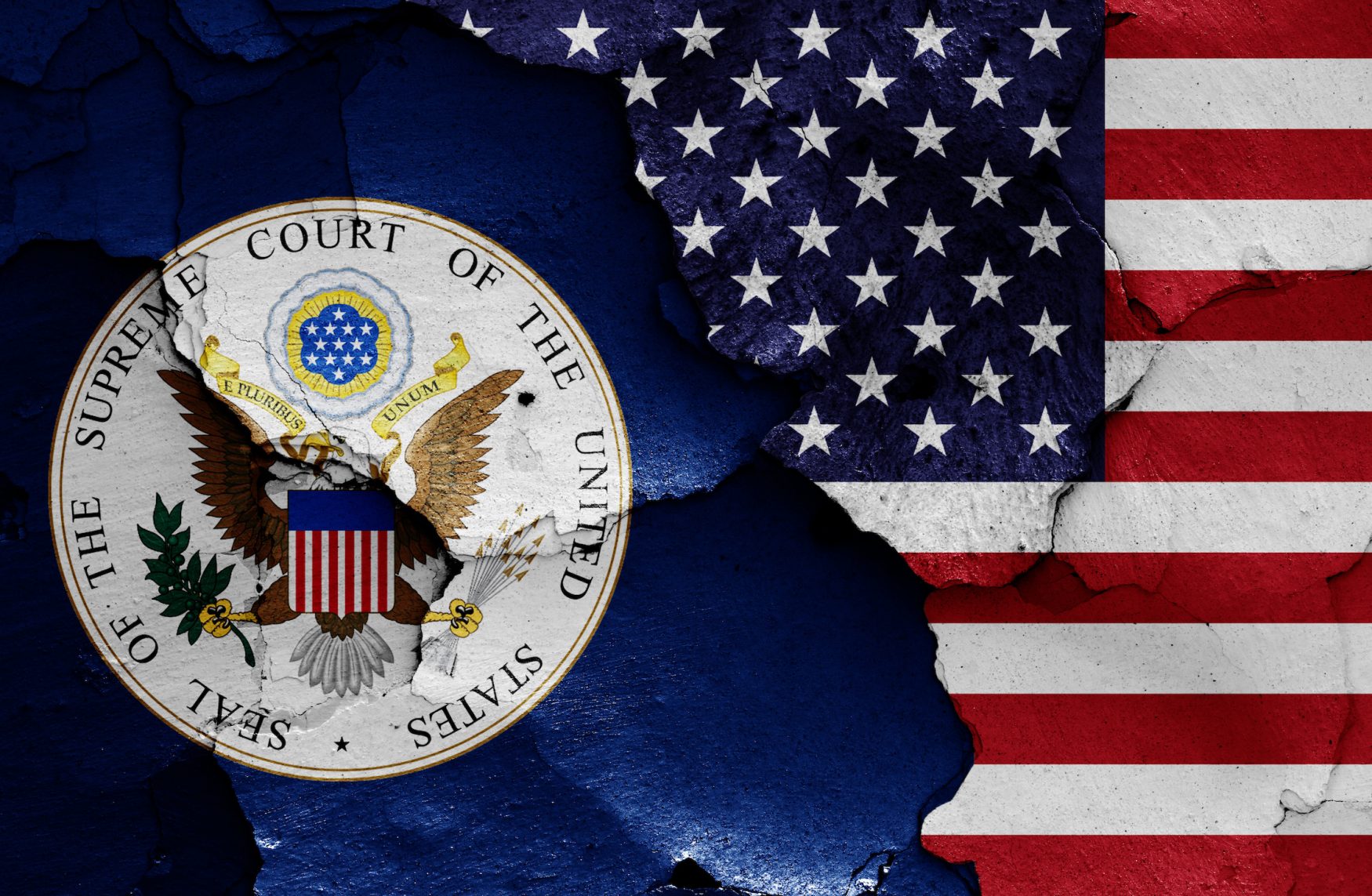
Who is on a State Supreme Court?
State Supreme Court: How Important is It?
A state Supreme Court is not often given the same attention or scrutiny that the U.S. Supreme Court or other federal courts get.
However, if the federal government’s powers are limited to those given it by states, the Supreme Court in an individual state can wield considerable power over individual lives.
It may be best to look at how a Supreme Court is structured in individual states and see how those courts affect individuals and businesses within state borders.
By definition, in most states, the Supreme Court is a court of last resort in that it restricts the cases it hears to those which have been ruled on in a lower state court.
This court of appeals status holds true across the United States, with Supreme Courts in most states not holding trials and not spending time finding fact in an open argument setting.
This type of open argument and case presentation before a judge or jury generally takes place in county-level courts and in lower state courts, with justices of the Supreme Court in a state reviewing cases and sometimes hearing oral presentations if necessary.
Each state outlines the selection of Supreme Court justices in its Constitution.
These selection methods may vary from one state to another.
Strong Law
One of the key elements of Supreme Court power is this: the rulings of a Supreme Court in an individual state are not subject to review by a federal court unless there is a definite national question at stake.
Supreme Courts in the separate states have, in the past, been required to hear all appealed cases, though in recent years some of these courts have instituted what is known as discretionary review, giving the justices in the state the chance to accept or reject a case for review.
Justices of a state Supreme Court can be chosen in one of five ways, according to most detailed outlines of state government.
They can be elected by the population or chosen by the legislature.
In addition, justices in the states may be chosen by non-partisan election, with no party affiliation on the ballot, may be appointed by the governor of the state or according to a specific process called the Missouri plan.
What They Decide
In recent years, the subject of gay marriage has been at the forefront of public thought, as well as on the front pages of newspapers across the country.
This issue has been addressed by a state Supreme Court in several locations, including Iowa, California and Wisconsin.
For example, the court in Wisconsin reviewed the question of whether the gay-marriage ballot question was presented to the voters properly.
This review came after a university professor presented a case that emphasized illegal procedures were used to put the question on the ballot.
The details of this protest indicated that the ballot question had two distinct parts and referendum guidelines in Wisconsin state that a ballot question may only refer to one issue at a time.
Cars or Lemons
A state Supreme Court may also have direct effect on business bottom lines, as was shown in New Jersey and a few other states with the lemon laws pertaining to automobiles.
As with contractors who rely on federal government money for their existence, businesses operating within a particular state must have support from politicians to be successful.
Laws that are too restrictive can seriously reduce the profits of some businesses, which is why the automobile industry fought long and hard against the lemon laws that require them to stand behind vehicles that don’t meet quality standards.
The state Supreme Court ruled that New Jersey dealers who sold cars through Web sites must stand behind them or be guilty of fraud.
In the end, the public interest was served by the court, as it provided protection from unscrupulous car dealers.

 My First Amazing Ayahuasca Experience
My First Amazing Ayahuasca Experience  Pine Needle Tea
Pine Needle Tea  The REAL Controllers of Humanity: The Papal Bloodlines
The REAL Controllers of Humanity: The Papal Bloodlines  Is it Global Warming or Cooling?
Is it Global Warming or Cooling?  Gun Rights and Obama Examined
Gun Rights and Obama Examined